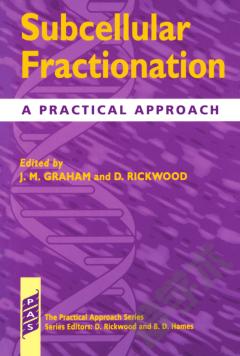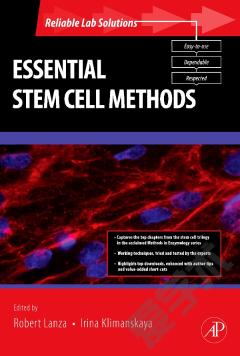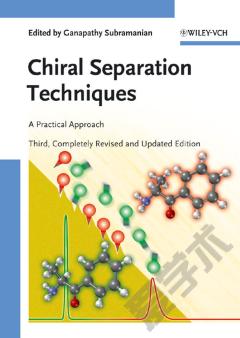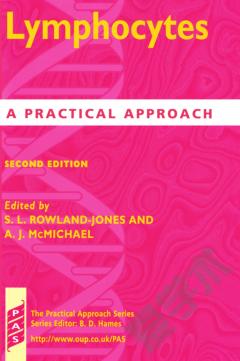Cell Separation —— A Practical Approach
----- 细胞分离:一种实用的方法
Part 1 Preparation of single cell suspensions: introduction methods of dispersal viability measurements separation of viable and non-viable cells cell characterization. Part 2 Fractionation of cells by sedimentation methods: introduction the theory of sedimentation separation media solutions for iso-osmotic gradients preparation of iso-osmotic gradients choice of separation method separation of cells on the basis of size separation of cells on the basis of density conclusions. Part 3 Centrifugal elutriation: introduction principles equipment the elutriation procedure applications advantages and disadvantages conclusions simulation of centrifugal elutriation for the Beckman JE-6B chamber. Part 4 Separation and fractionation of cells by partitioning in aqueous two-phase systems: introduction theoretical background and its impact on methodology practical aspects of phase partitioning selected applications conclusions manually opeated countercurrent distribution apparatus. Part 5 Separation of cells by flow cytometry: introduction the basic instrument cell sorting by droplet deflection other flow sorters. Part 6 Immunomethods - magnetic, column and panning techniques: introduction column and panning methods reagents for immunoseparation methods general cell separation using immunomagnetic beads functional approaches. Part 7 Separation of cells using free flow electrophoresis: introduction buffers preparation of cell samples for free flow electrophoresis preparation and application of free flow electrophoresis for separation of whole cells evaluation of the electrokinetic properties of cells separated by FFE overcoming problems combination of FFE with other techniques.
{{comment.content}}








 京公网安备 11010802027623号
京公网安备 11010802027623号